Wiring a plug
Wiring a plug steps
- Bare the ends of the three wires inside the electrical cord for about half a centimeter, by cutting away the plastic insulation.
- Gently twist the strands of copper wire with your fingers until each strand is tight.
- Fold over the twisted strands.
- Remove the plug cover by either “snapping” or unscrewing it.
- Unscrew the little screws on each of the plug’s pins.
- Insert the twisted copper wires into the holes in the pins.
- The green and yellow wire must always be inserted into the top pin.
- The blue wire is inserted into the left pin (the pin is marked with a blue spot or the letter N).
- The brown wire is inserted into the right pin (the pin is marked with a brown spot or the letter L)
- Tighten the little screw on each of the plug’s pins.
- Make sure the electrical cord is firmly gripped by the arrestor clips.
- Replace the cover of the plug.
Demo guide:
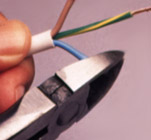
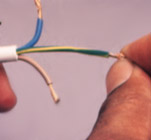
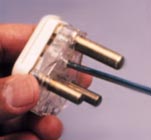
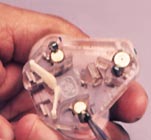
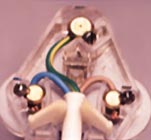
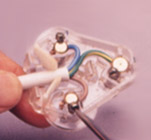
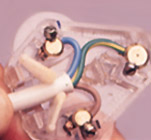
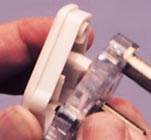
How to change a bulb
How to change a light bulb steps
Identify the bulb-type that needs to be changed. Check whether it is a screw-in or bayonet type, and whether you have a new one in stock.
Note: Keep a torch handy. You may need it to change a bulb after dark.
- Switch off the mains switch on the distribution board or electricity dispenser.
- Switch off the light at the light switch or wall socket.
- Note: If a lamp’s bulb is to be changed, switch off the lamp switch and remove the plug from the wall socket.
- Remove the faulty bulb. If the bulb is a bayonet type, insert it carefully into the light socket, and twist it gently until the bayonet pins slot into place. If the bulb is a screw-in type, insert it carefully into the light socket and turn it clock-wise until it sits firmly in the light socket.
- Switch on the mains switch on the distribution board or electricity dispenser and then switch the light on.
- Discard the old light bulb safely.
Demo guide:
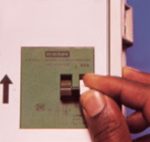
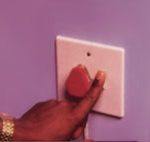

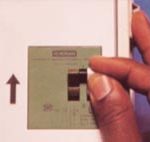
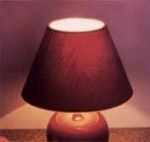
Shock from appliances
How to deal with electrical shocks from appliances
- The first thing to do is to switch off the electricity at the mains (everybody in the house should know where the main switchboard is).
- Hands must then be covered with dry rubber gloves or several layers of dry newspaper. There is great danger that the person helping the victim could also get a shock if he / she touches the victim’s body before the plug has been switched off.
- If possible, switch off the electricity at the wall plug where the appliance causing the shock is plugged in, and unplug it.
- If the victim is in contact with the appliance causing the shock, he / she must be removed as quickly as possible.
- Pull the victim into the clear by getting hold of his / her dry loose clothing. You can also push the victim away by using a broomstick or a chair. Make sure that the broomstick is dry and that you are not touching any metal parts.
Get someone to call a doctor or Ambulance service immediately. If this is not possible, start giving first aid as follows:
- If the victim’s breathing has stopped or is not normal, apply mouth-to-mouth breathing and massage the heart immediately.
- Treat any injuries that may have been caused by the victim falling. Do not smear ointment on any burn. Protect the burns from the air with sterilised bandages.
7. Get any electrical accident victim to a hospital or doctor as soon as possible even if they say they are OK.
Demo guide:
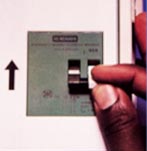
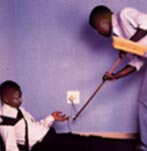
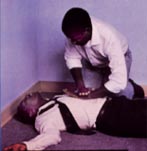
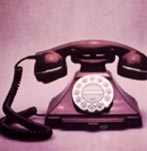
Click here for electricity safety at home
